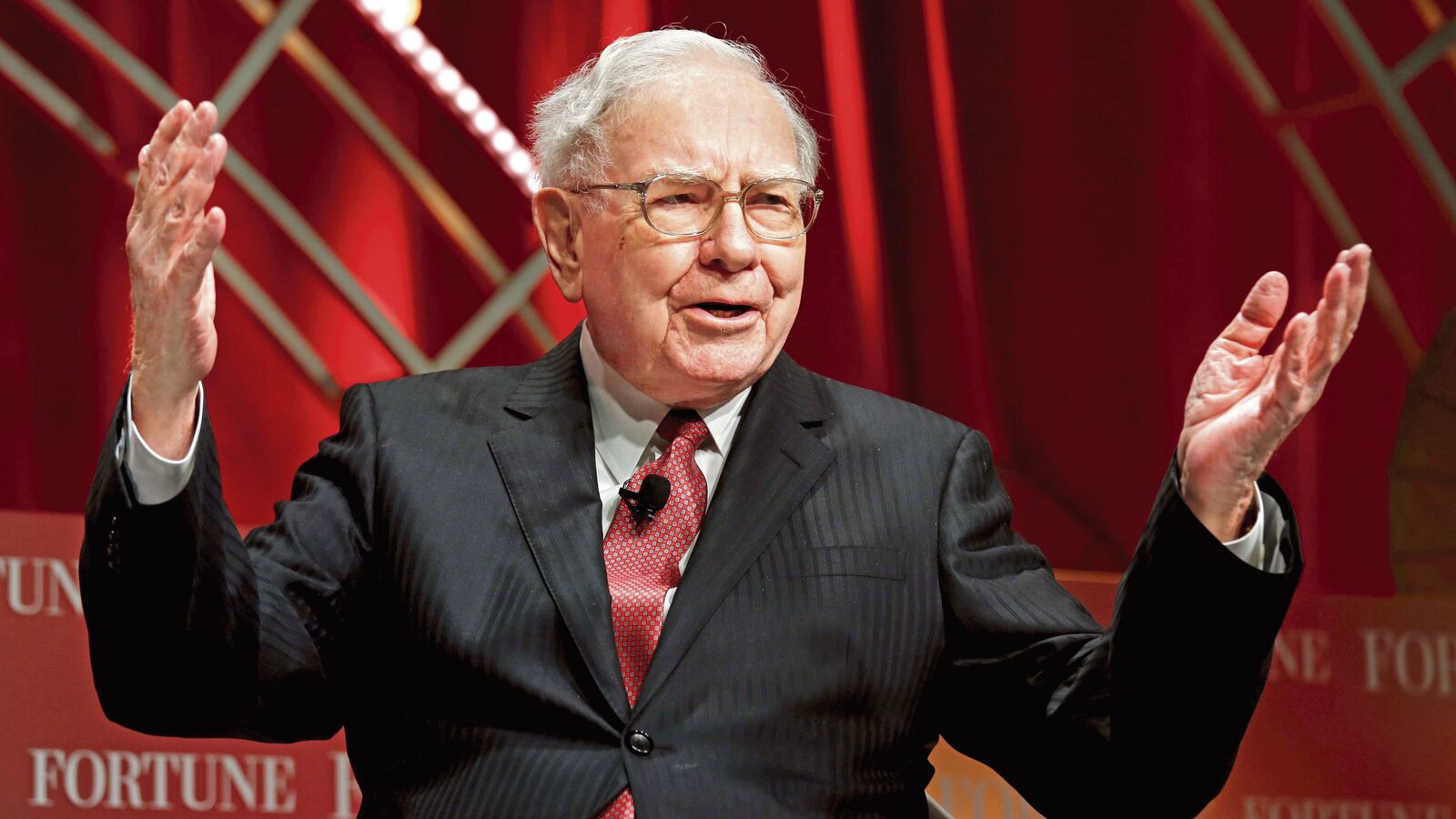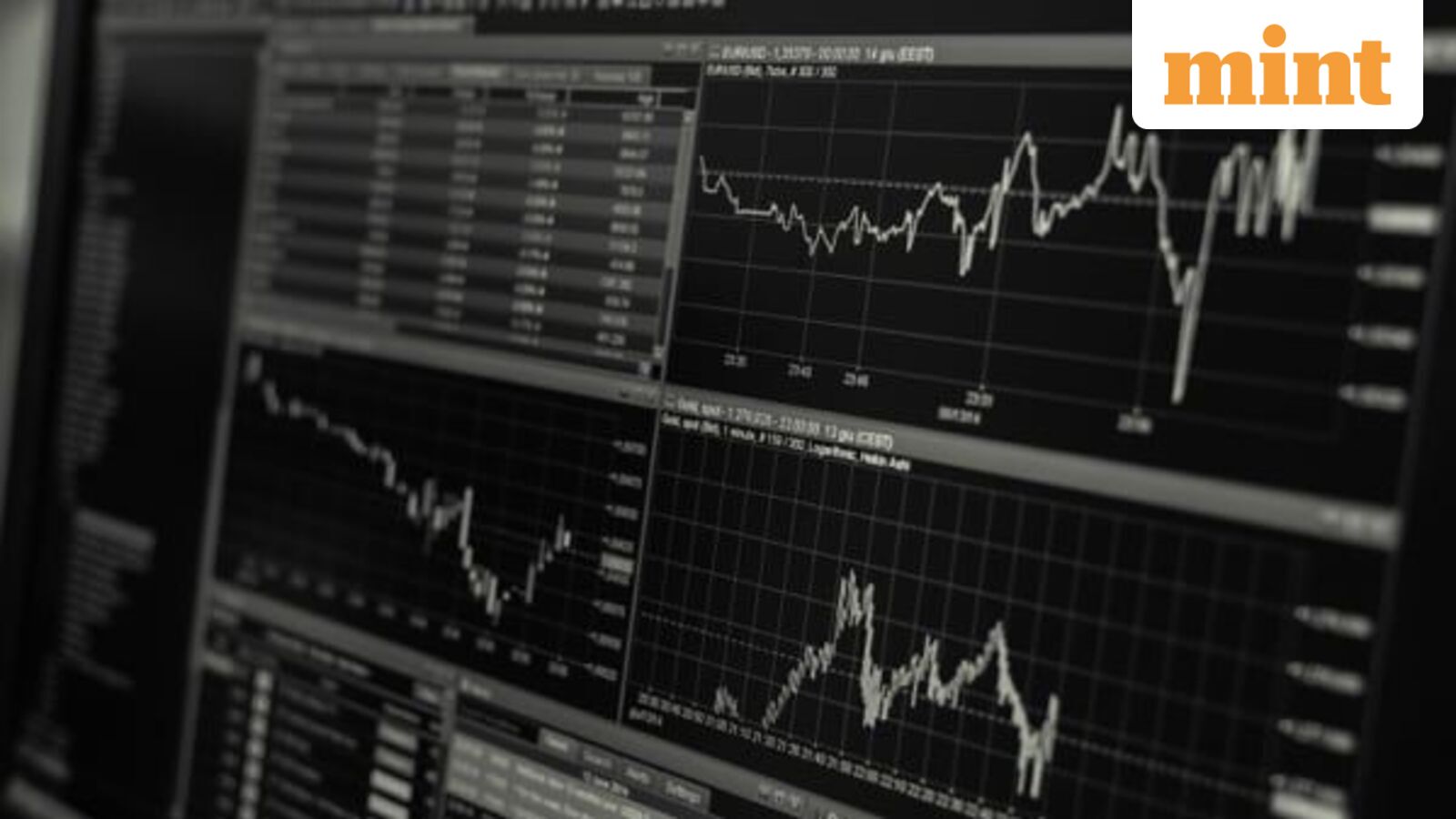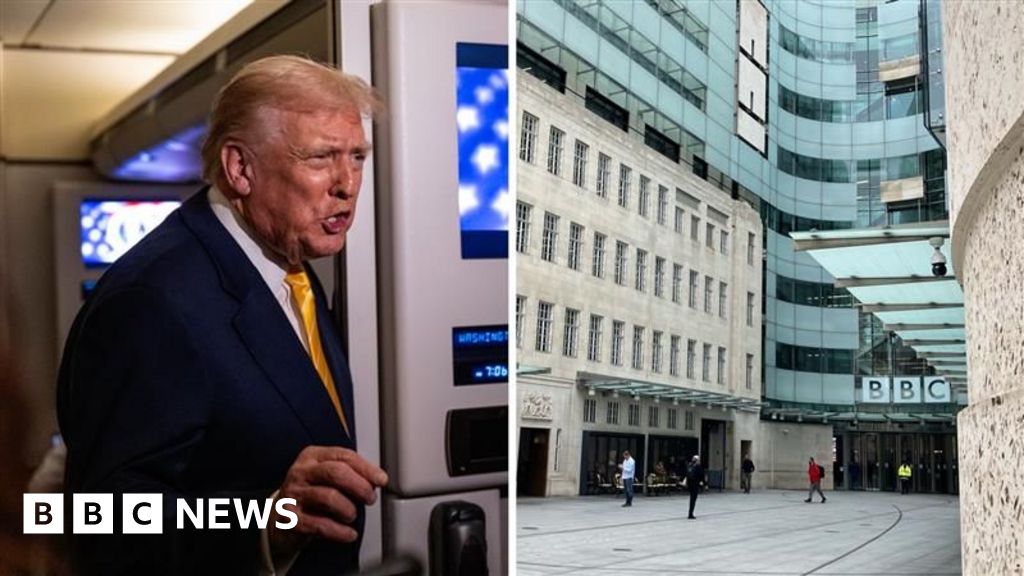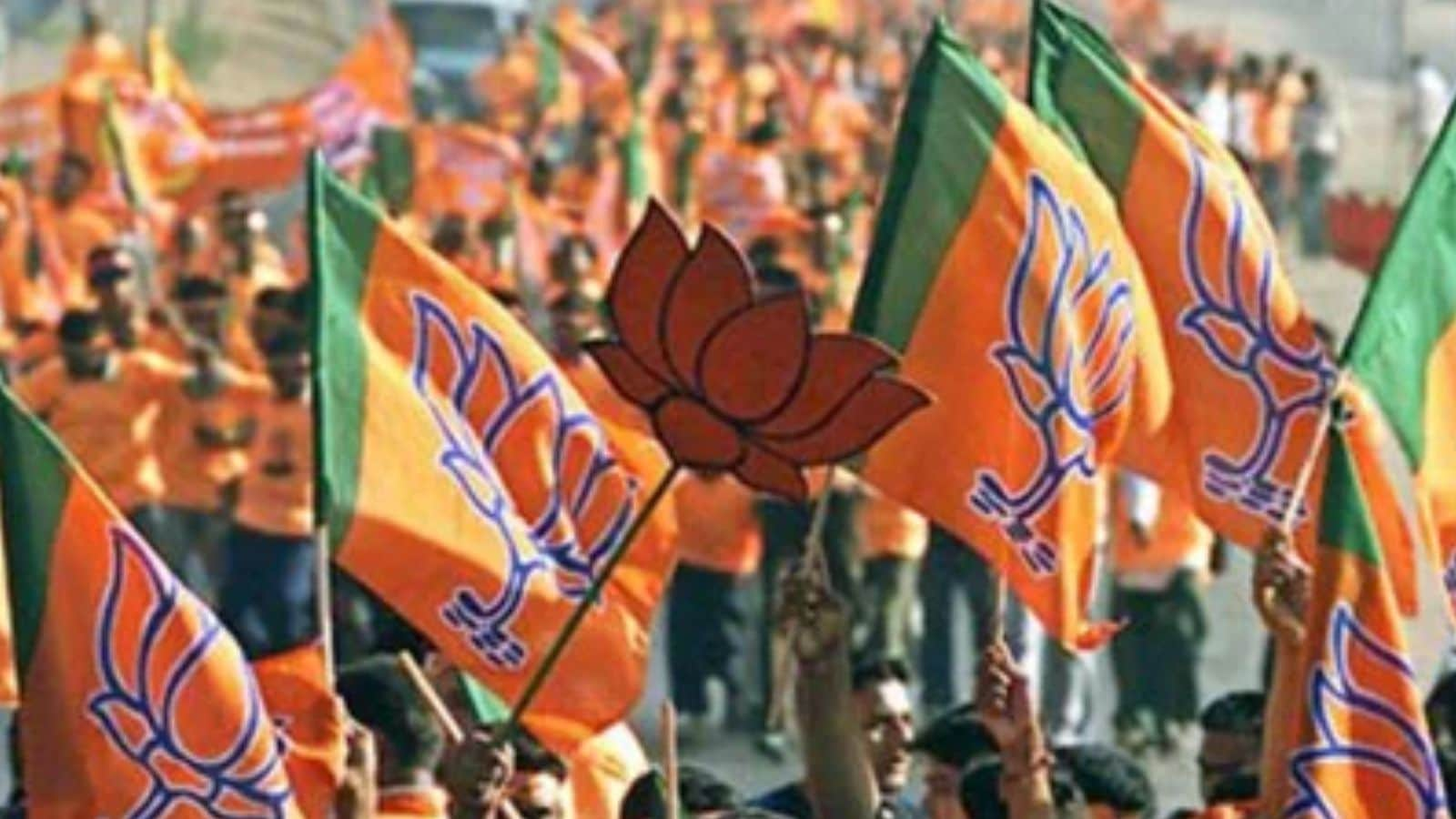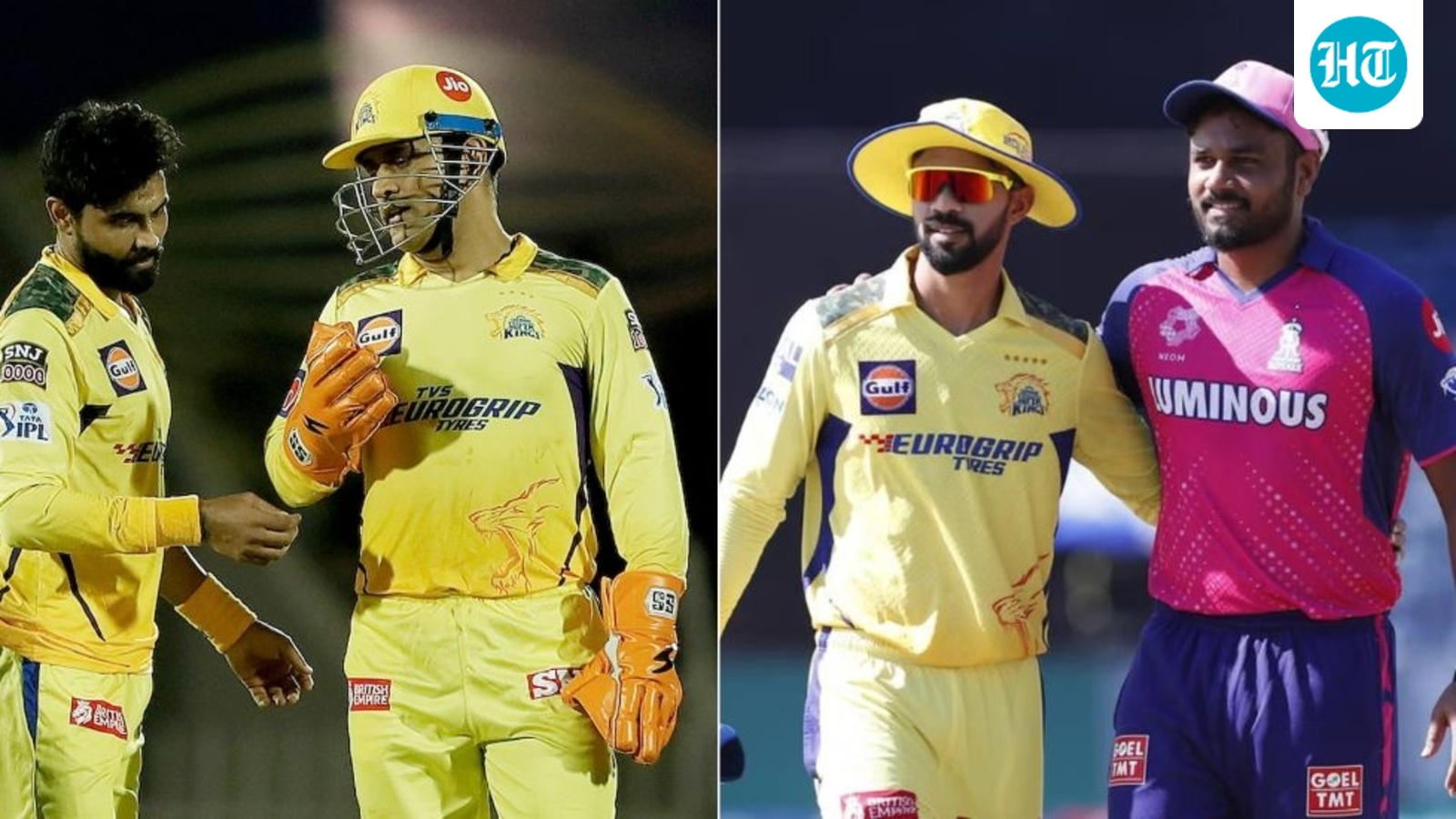The two demerged Tata group companies — Tata Motors (which houses the commercial vehicle business) and Tata Motors Passenger Vehicles — announced their earnings for the second quarter of the financial year 2025-26 (FY26) this week. It marked the first earnings announcement since the demerger.
After the demerger and Q2FY26 results, the contrast between Tata Motors and Tata Motors Passenger Vehicles has become sharper.
Tata Motors Q2 Results
Tata Motors reported a consolidated net loss of ₹867 crore for the September quarter, weighed down by mark-to-market losses of ₹2,026 crore related to its investment in Tata Capital. The newly-listed company had posted a net profit of ₹498 crore in the same quarter last year.
Revenue from operations rose 6% year-on-year to ₹18,585 crore, compared with ₹17,535 crore in the corresponding period a year earlier.
The company said the proposed acquisition of IVECO, announced on July 30, 2025, is progressing as planned, with regulatory approvals underway and the acquisition is expected to be completed in April next year.
Its topline is expected to rise to $24-25 billion with the completion of the acquisition.
Tata Motors Passenger Vehicles Q2 Results
Tata Motors Passenger Vehicles posted a quarterly profit surge yesterday, November 14, as the carmaker recorded a one-time gain tied to the demerger of its commercial vehicles unit.
The company’s profit jumped to ₹76,170 crore, up 2110% in the second quarter from ₹3,446 a year ago. Excluding this gain, the company slipped into the red with a loss of ₹6368 crore.
Total revenue from operations in the second quarter stood at ₹72,349 crore as against ₹83,656 crore in the year-ago period, down 13.5% the company said.
The performance was impacted significantly by the cyber incident at JLR, said TMPVL. The Range Rover maker’s profit margin for the full year could now be entirely wiped out as it pegged EBIT margin at 0-2% from 5-7% earlier.
Tata Motors vs TMPV: Which is a better bet?
Commenting on the earnings, Harshal Dasani, Business Head at INVAsset PMS, said that the weakness was visible in TMPV Q2 results across both the domestic PV segment and the JLR division, which faced production disruptions, softer global demand and margin pressures.
The Commercial Vehicles business also reported a quarterly loss, but its operational trend was more stable, he added. “Revenue saw a modest uptick, though the backdrop remains challenging due to slower infrastructure ordering, competitive intensity and broader freight-cycle softness.”
Meanwhile, in terms of market share in their categories, Tata Motors maintains a dominant position of more than 35% share in the domestic markets in H1FY26. Meanwhile, TMPV is among the leading PV makers in India, in the third position with 12.8% market share.
Abhinav Tiwari, Research Analyst at Bonanza, said that Tata Motors has benefited from reduced GST rate cuts as reduced rates have improved operating expenses by 1-2% aiding profitability and potential fleet expansion and reviving demand in LCVs where fewer buyers claim input tax credit (ITC). He further sees TMCV also benefiting from the Iveco acquisition, expected to be completed at the start of FY27.
On the other hand, Tata Motors Passenger Vehicle (TMPV) business remains closely tied to JLR, which contributes ~90% of the company’s consolidated PAT and is dealing with the repercussions of the cyber attack.
He opined that Tata Motors (TMCV) represents the better option post-demerger.
Meanwhile, Dasani said that strategically, the Passenger Vehicles entity still offers the more attractive long-term optionality. “It houses India’s fast-growing EV franchise and the JLR luxury portfolio, both of which can re-rate meaningfully once supply chains normalise and demand stabilises. However, near-term execution risks remain elevated,” he added.
The CV entity, while less explosive in terms of optionality, offers steadier cash-flow characteristics and lower volatility, as per Dasani, making TMPV more suitable for investors who can take a higher-upside, higher-risk bet.
Disclaimer: This story is for educational purposes only. The views and recommendations expressed are those of individual analysts or broking firms, not Mint. We advise investors to consult with certified experts before making any investment decisions, as market conditions can change rapidly and circumstances may vary.
